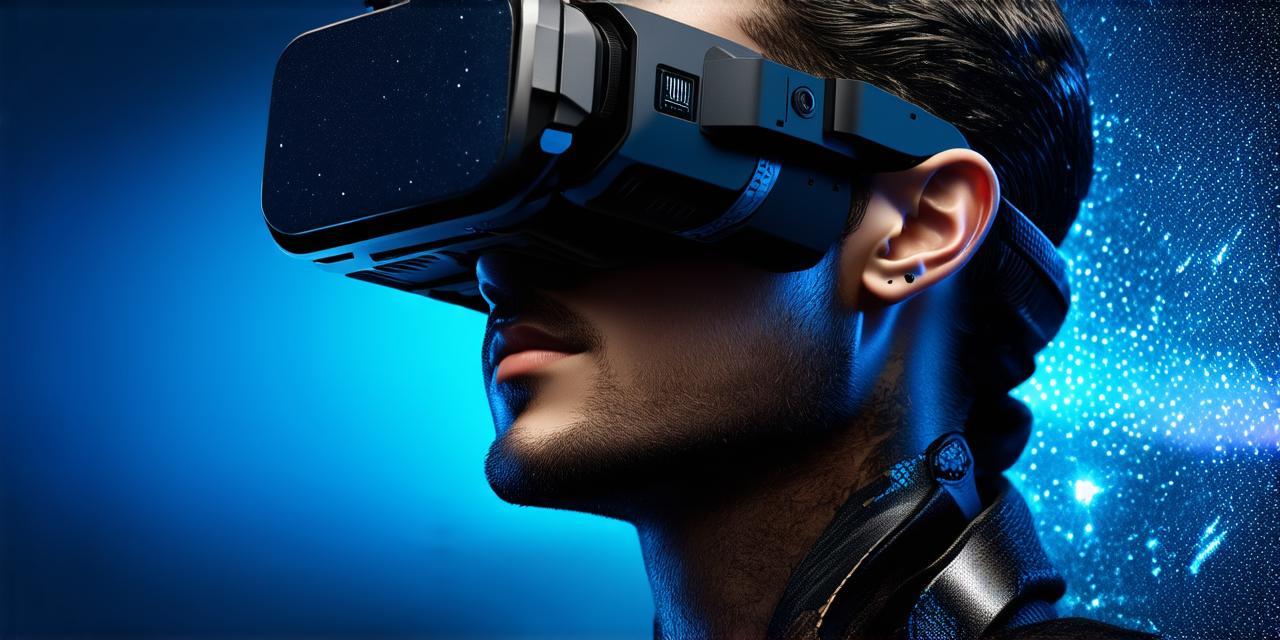
How are virtual reality and human perception interconnected?
Virtual reality (VR) is an immersive technology that can transport users into different environments. It’s rapidly gaining popularity in various fields, from gaming to healthcare. With its ability to manipulate human perception, VR has the potential to revolutionize how we perceive and interact with the world.
In this article, we will explore the interconnection between virtual reality and human perception in more detail, providing additional examples and exploring various aspects of the topic to make the content more comprehensive and informative.

One of the most significant ways that VR affects human perception is through the use of stereoscopic displays. These displays create the illusion of depth by showing two slightly different perspectives from each eye. This creates a more realistic experience, making it easier for users to immerse themselves in the virtual environment.
Stereoscopic displays are commonly used in VR headsets and can greatly enhance the user’s sense of presence and immersion.
Another way that VR can affect human perception is through the use of haptic feedback. Haptic feedback is the ability to feel physical sensations through technology. In VR, this can be achieved through the use of gloves or vests that provide tactile feedback, making users feel like they are physically interacting with objects in the virtual environment.
This can greatly enhance the user’s sense of presence and immersion, allowing them to fully engage with the virtual world.
VR can also affect human perception by providing a safe and controlled environment for users to practice skills. For example, medical students can practice surgical procedures in a VR environment, allowing them to gain experience without risking patient safety.
Similarly, pilots can simulate flying scenarios in a VR environment, allowing them to hone their skills in a safe environment.
This can greatly improve the user’s performance and reduce the risk of errors in real-world situations.
One of the most exciting applications of VR is in the field of therapy. VR can be used to treat a wide range of mental health conditions, including anxiety, depression, and PTSD.
By creating realistic simulations of triggering environments, therapists can help patients confront and overcome their fears in a controlled environment.
This can greatly improve the patient’s quality of life and reduce the risk of future mental health issues.
In addition to these applications, VR can also be used to enhance learning and education. By creating immersive simulations of real-world environments, students can gain hands-on experience without leaving the classroom.
For example, history students can explore ancient civilizations in a VR environment, allowing them to fully engage with the material and gain a deeper understanding of historical events.
Similarly, science students can explore the human body in a VR environment, allowing them to visualize complex concepts and gain a better understanding of how the body works.
In conclusion, virtual reality and human perception are interconnected in many ways. VR has the potential to revolutionize how we perceive and interact with the world.
Whether it’s through the use of stereoscopic displays, haptic feedback, controlled environments, or immersive simulations, VR can enhance our perception and provide new opportunities for learning and growth. As VR technology continues to evolve, we can expect to see even more exciting applications in the future.


